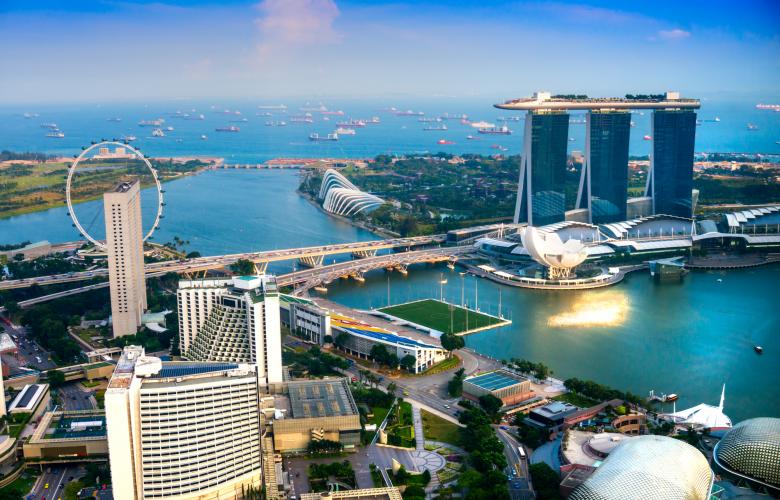Singapore, Tokyo, Ho Chi Minh City, Sydney and Melbourne will be top investment markets in Asia Pacific for 2020: report
Contact
Singapore, Tokyo, Ho Chi Minh City, Sydney and Melbourne will be top investment markets in Asia Pacific for 2020: report
A new forecast from the Urban Land Institute and PricewaterhouseCoopers has predicted cautious activity from Asia Pacific investors heading into the new year as the real estate market continues to slow down.
The ongoing real estate downturn means caution could shape investor strategies within the Asia Pacific heading into 2020, according to a new forecast from the Urban Land Institute and PricewaterhouseCoopers.
Emerging Trends in Real Estate Asia Pacific® 2020 identifies Singapore, Tokyo, Sydney and Melbourne as four of the top five markets for investment prospects in 2020, reflecting
investor preference for regional markets that are "large, liquid, and defensive".
ULI Asia Pacific Chairman Nicholas Brooke said the findings showed there was a prevailing sentiment throughout the industry that real estate, in general, was entering a period of slower growth.
"The major markets that are ranked highest offer significant numbers of core assets that are the preferred targets of regional institutional investors," he said.
"We can expect this emphasis on core properties to continue as the market cycle changes.”
PwC Asia Pacific Real Estate Tax Leader KK So said the findings revealed how investment interest in today’s uncertain global environment was moving towards more mature economies such as Singapore, Tokyo, Sydney and Melbourne.
“Investments from the west into in Asia Pacific have waned, but the Asia Pacific-based investors are increasingly investing in markets within the region, which presents a healthy pipeline of investment prospects for the region moving forward," he said.
The top markets for investment and development in 2020:
• Singapore (first in investment, second in development) – The Singapore office sector has now largely absorbed
excess supply and was one of the few markets in 2019 to see a surge in transactions, driven in part by crossborder capital.
• Tokyo (second in investment, fourth in development) – The Japanese capital continues to offer one of Asia’s
most liquid markets. Record low Japanese interest rates keep borrowing costs the lowest in the Asia Pacific
region and have created a good spread over the cost of debt despite the compressed cap rates.
Click here for more Japanese real estate news
• Ho Chi Minh City (third in investment, first in development) – Ho Chi Minh City offers strong economic growth,
a positive demographic profile, and is benefiting from growth of the manufacturing industry as an economic
driver.
• Sydney (fourth in investment, third in development) – Sydney continues to be a relatively liquid and mature
market with numerous high-quality assets, a stable economy and higher cap rates than can be found elsewhere
in the Asia Pacific.
Click here for more information about the Sydney real estate market
• Melbourne (fifth in investment, fifth in development) – With ongoing cap rate compression and the lowest office
vacancies in Australia, Melbourne continues to be one of the first places institutional investors look to place
capital. Favourable demographics and a diverse local economy mean that office rents should continue to trend
upwards over the next five years.
Click here for more information about the Melbourne real estate market.
The Emerging Trends in Real Estate Asia Pacific® 2020 is based on the opinions of more than 460 real estate professionals, including investors, developers, property company representatives, lenders, brokers and consultants.
Click here to view the full report.
Similar to this:
Commercial real estate picks up following two quarters of decline
Resilient investment demand for Singapore real estate in Q3 2019 despite macroeconomic headwinds






